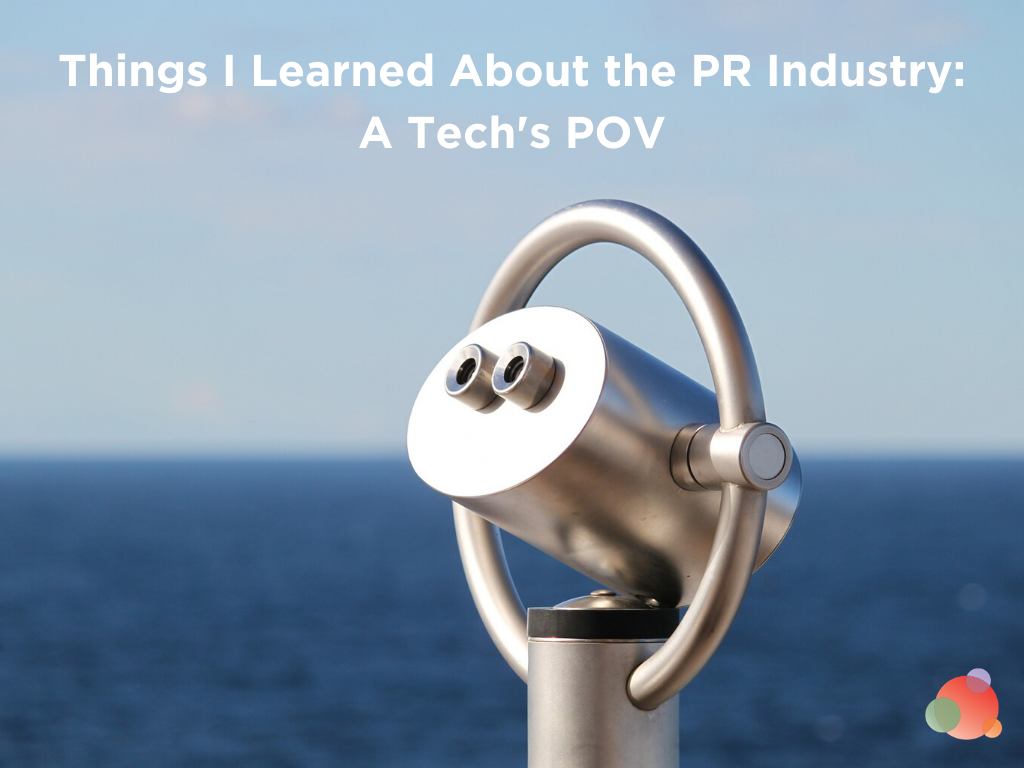
Ten years. That’s how long PR teams, agencies, and freelancers the world over have been using Prezly, the user-friendly, all-in-one PR software.
Over the past decade, the PR industry has been evolving. And we’ve been able to gain a unique perspective through your eyes.
That’s because, as a PR software vendor:
- We end up working with an incredibly diverse number of PR teams (agency, in-house, across all industries, big team and small).
- We get a bird’s eye view on data around the way people use your software and the engagement they get.
- It becomes our job to have daily conversations with PR professionals to discuss their challenges.
We’ve learned countless things over the past decade.
Here are the top five.
1. It’s All About Targeting
Successful targeting is about connecting the right piece of content with the right group of people.
No matter if they’re journalists, influencers, partners, employees, and so on.
Teams who look further than their media lists are the ones able to “move the needle”.
The top complaints journalists have about pitches are not knowing them, their beat, their writing style and so on.
You can have a brilliant piece of content and an up-to-date media list, but if you don’t succeed in connecting those two together in a personal, relevant way, you will not get results.
2. Mass-mailing is Out
This one relates pretty strongly to number one.
If you want to send a journalist or influencer something relevant and personalized to their interests, you need to either know the person or do a lot of research on them.
The opposite of that?
Spamming hundreds of strangers through an aggregated media database.
Not only is competition to get your email seen sky-high (likely being the 50th or so anonymous press release to hit their inbox that morning), it’s also unsustainable.
Journalists are exhausted.
Reporters get over 38,000 emails a year, and more than two-thirds of those are from people seeking publicity.
And unless your email subject line is pure gold it’s not likely to get noticed.
The alternative?
Know your audience.
This is why we’ve long advocated the use of a CRM (customer relationship management system) to manage relationships, not just miscellaneous contact details.
In building a base of contacts that are a genuine fit with your brand, you know exactly who to target for your campaigns, and how to get results, rather than shouting into the void.
Like anything worthwhile, a good contact list takes time to build.
But those who take this approach and personalize their pitches get great results.
3. Multimedia Boosts Engagement
Pictures, videos, and things that go bang! are more likely to catch journalists’ attention.
Of course, this isn’t headline news.
But what is news is that not everyone in the industry takes advantage of this.
Why??
Because multimedia news releases and stories get people’s attention.
By including images, you’ll double the chance of getting your story noticed.
And including video quadruples it.
Something to watch for when including multimedia in your email campaigns is to make sure the images are either optimized or are hosted on a site like photobucket and embedded in preview form within the email.
Otherwise, you run the risk of your message being too large for the recipient’s mailbox.
4. How to Measure Success
PR measurement has emerged as an existential topic for the industry.
The good news is that a lot of people are speaking about it, writing about it, and holding entire conferences around it.
Yet, when it comes to actually doing the measuring, very few people know where–and how–to start.
And with the amount of data flapping about these days, it’s no wonder.
How can you be sure what to measure?
What do retweets and likes mean in terms of meaningful engagement?
How do you measure brand reputation?
How do you relate offline PR to online and make them play nice with each other?
Most of the PR professionals I speak with still use media clips, but even they admit it’s because no other industry-standard has surfaced since the pre-internet era.
This is problematic because it means they have no idea how their work actually impacts the marketing funnel.
And perhaps even more vital is their struggle to translate the ROI of their hard work into cold, hard data.
5. The Democratization of Information
Compared to the ordered media silos of, say the 1950s, the internet remains a Wild West of blogs, websites, and social media.
Anyone can publish content.
Ads are becoming less effective, and six out of 10 people prefer online video platforms to live TV.
People are dismissing traditional ad campaigns and demanding these either become entertaining or go away altogether.
Brands are expected to have original, recognizable, and often hilarious personalities.
For instance, take MoonPie’s dedicated Twitter account, in which the personification of an American snack regularly calls for the removal of the villainous Sun, and namedrops his fictitious ex-wife and daughter amid a flurry of personal and often ludicrous tweets.
What Does This Mean for the PR Industry?
We’re starting off the year with good news for communications and PR because:
- The way consumers and brands interact has changed forever.
- A huge opportunity is waiting in the wings.
Personally, I am excited to usher in this new golden age of PR.
A world where communication is more personal and thoughtful, the dull mechanics are automated to make room for heartfelt storytelling, and unprecedented amounts of data can be mined to inform campaigns.
Where do you think the PR industry is heading?
Share your thoughts in the comments below.
Even though it kicked off yesterday, it’s not too late to join the Spin Sucks 30-Day Communications Challenge.
And you can still grab your copy of The Communicator’s Playbook.
Photo credit: cocoparisienne